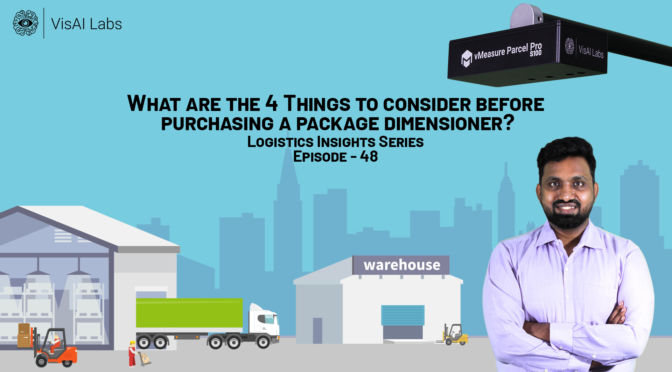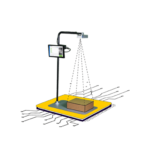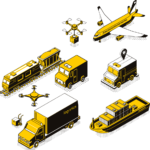Does investing in a package dimensioner make sense for eCommerce warehouses?
What do you think you’ll take away from this episode?
Relevant links:
Podcast Transcript:
This is great since it decreases the cost of pallet dimensioning equipment, making it more affordable for small and mid-sized firms.
With that in mind, in this episode, we’ll help you out by laying out eight important considerations to make when selecting a pallet dimensioner for your warehouse. Let’s have a little discussion about each of them.
Number 1. Range Of Measurement
Dimensioning firms list their units’ measuring capacities in length, breadth, width, and height.
In addition, pallet dimensioners are available today that can range in various dimensioning, and some organisations customise the dimensioners based on their dimensioning requirements.
The pallet dimensioner you purchase should be capable of measuring 90% to 100% of the freight you send to get the most out of your investment.
Number 2. Measuring Accuracy and speed
The type of dimensioning technology utilised in warehouses and distribution centres greatly impacts dimensioners’ measurement precision.
Most fully automated pallet dimensioning equipment scan a pallet in 3 to 6 seconds, significantly faster than manually measuring a pallet, which takes about 2 to 3 minutes.
Number 3. Integration Of Equipment And Process
Integration plays a pivotal role, so be sure the automated pallet dimensioner you’re considering can be customised to your business and make your life easier before you buy.
The last is scalability and cost
The price might still be a key factor in the decision-making process.
Before procuring the automated pallet dimensions, make sure it’s worth buying.
Pallet dimensioners with laser-based technology are often substantially more expensive than those with infrared technology.
Also, think about how scalable your dimensioning method will be in the future.
So my dear friends, consider these four things before purchasing the automated pallet dimensioning systems to your vertical, and that’s the logistics insight for today. Bye.








